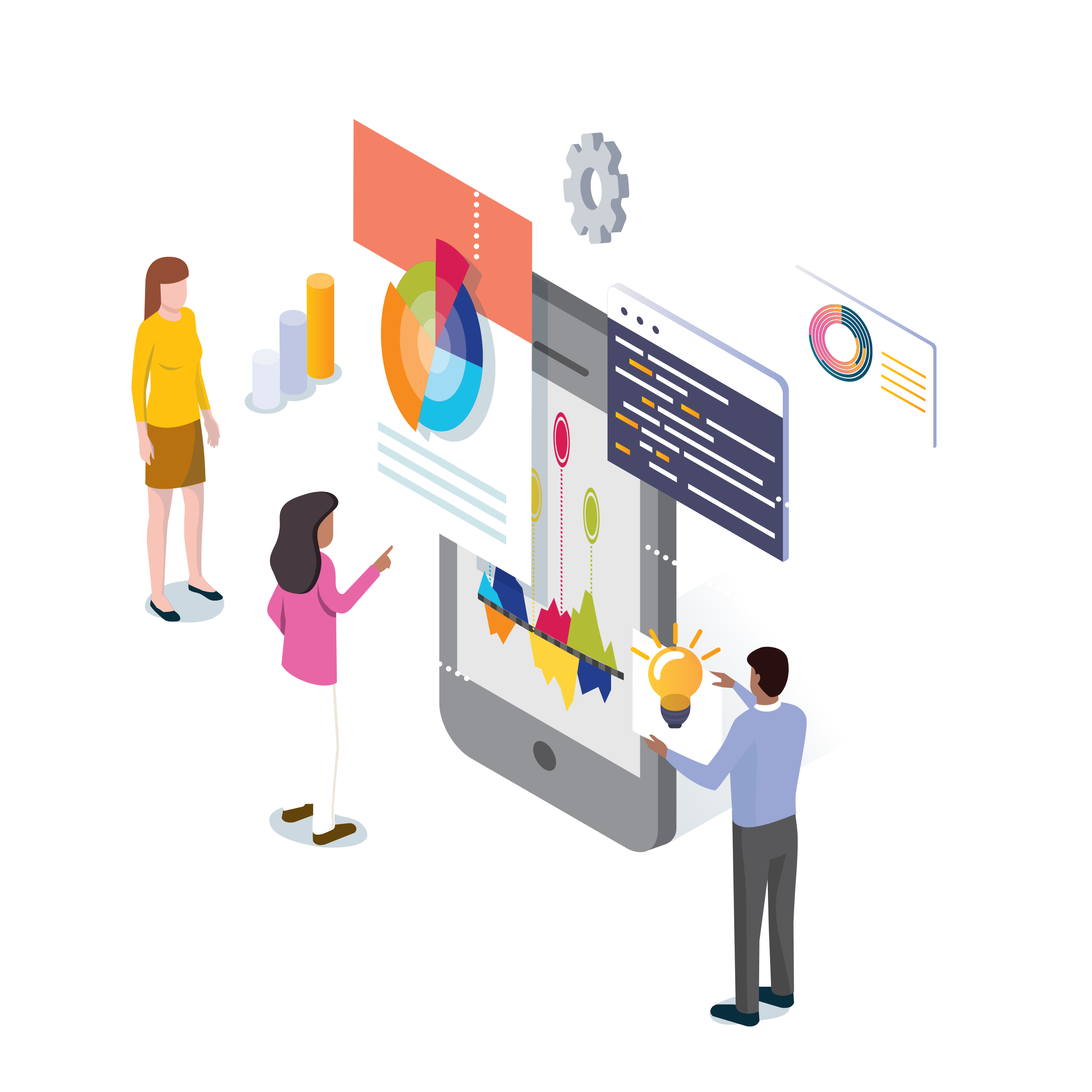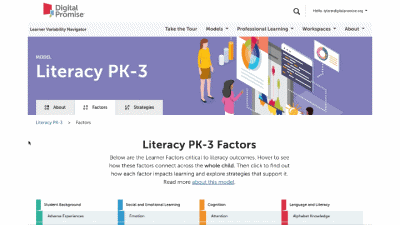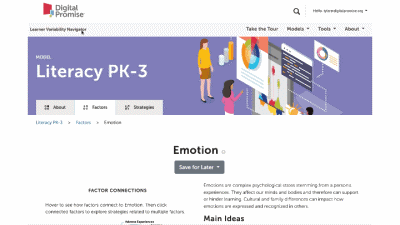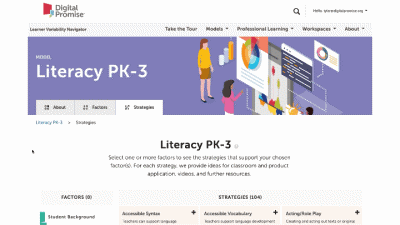Physical Activity & Recess
Overview
Research shows physical activity improves focus and creativity. Recess and physical education are ways for learners to exercise, which is essential for increasing oxygen flow to the brain and brain cell growth. In this way, physical activity can enhance cognitive abilities, as well as reduce stress and decrease math anxiety.
Example: Use This Strategy In in the Classroom
Design It into Your Product
Factors Supported by this Strategy
More Multisensory Supports Strategies
Communication boards are displays of graphics (e.g., pictures, symbols, illustrations) and/or words where learners can gesture or point to the displays to extend their expressive language potential.
Adding motions to complement learning activates more cognitive processes for recall and understanding.
Short breaks that include mindfulness quiet the brain to allow for improved thinking and emotional regulation.
Brain breaks that include movement allow learners to refresh their thinking and focus on learning new information.
Providing physical and virtual representations of numbers and math concepts helps activate mental processes.
Connecting information to music and dance can support Short-term and Long-term Memory by engaging auditory processes, Emotions, and physical activity.
Incorporating multiple senses with strategies like chewing gum, using a fidget, and sitting on a ball chair supports focus and Attention.
Using earplugs or headphones can increase focus and comfort.
Transforming written text into audio activates different parts of the brain to support learning.
Tossing a ball, beanbag, dice, or other small object activates physical focus in support of mental focus.
Visual supports, like text magnification, colored overlays, and guided reading strip, help students focus and properly track as they read.








